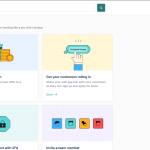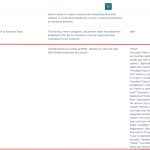Introduction
Using social login for your customers’ sign up ensures you get more accurate information about them. This is critical for KYC, customer experience and engagement.
In this article, we’ll walk you through how to use this method during the onboarding process for your customers.
Read more: Introduction to KYC
What is social login?
This is a feature that allows users to sign in or sign up to an app, be it a website or mobile application, using their social accounts. For Lendsqr, we support this feature using Google and Facebook.
When customers sign up using their Google or Facebook account, Lendsqr validates their email address with either Google or Facebook in a very secure manner. Yet, Lendsqr wouldn’t have access to their passwords or other credentials.
The entire process ensures that the email provided by the customer is valid and belongs to them. It also limits your exposure to scammers and bad actors.
How to enable social login for customer onboarding
Enabling social login is easy and can be done via the Lendsqr’s admin console dashboard. Follow these simple steps to enable this feature for your customer’s onboarding process:
- Click the settings icon at the top right of the admin console
- Click on the ‘Web App Customization’ settings
- Scroll down to the ‘Require Social Login’ option
- Toggle the switch to ‘true’ to enable social login during onboarding
- If you need to disable it, toggle the switch to ‘false”


Please note that if this feature is disabled, customers will be required to provide their email address via an input field during the onboarding process. But if enabled, customers would be required to sign up using their social account as shown below.

This method is a convenient and secure way to ensure that your customers’ email addresses are valid during the onboarding process. By enabling it, you can be sure that the emails provided by your customers belong to them.
If you have any questions or need help with social login, please contact our customer support team for assistance.
Read further: How to spot risky loan guarantors and protect yourself as a lender



